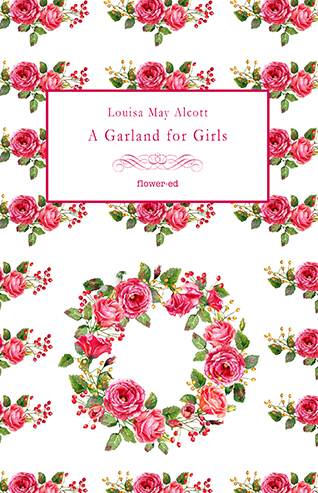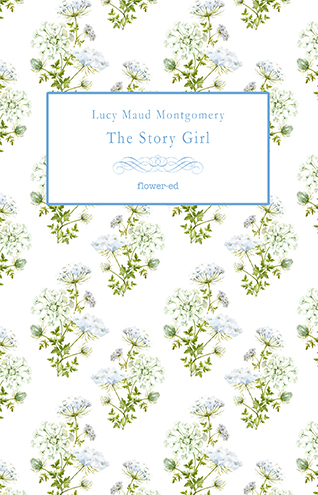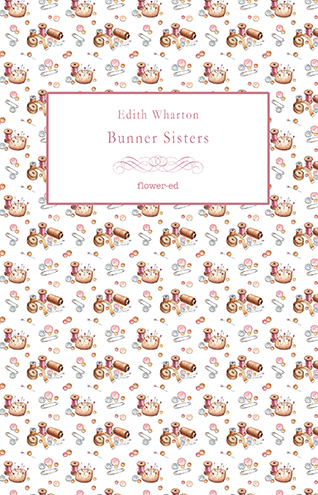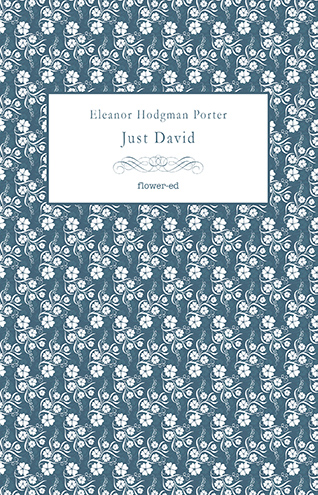Golden Series

Louisa May Alcott, A Garland for Girls
During a period of forced immobility, Louisa May Alcott wrote seven stories inspired by flowers. Intertwining this wonderful garland for her delight and for her girls, she told of the love for good books and other people, of the search for peace and personal growth, of those values, in short, on which she based her own existence and that she wanted to share with her readers. She showed them how it was possible to improve one’s personality, and consequently the world, with simple daily gestures, in choosing one’s readings, in family life or in meeting other people. After over a century this extraordinary writer still has much to teach and her stories continue to be compelling, moving, making people think. The first edition of the book dates back to 1887.

Lucy Maud Montgomery, The Story Girl
One morning in May, Beverley and Felix leave Toronto to reach Prince Edward Island and spend a few months as guests of Uncle Alec and Aunt Janet. During the long journey by train, the excitement of the two young brothers is heightened by the impatience of finally arriving in that land full of charm that the father has described to them carefully and to which they feel they belong despite having never seen it before. Waiting for them are the old farm surrounded by lush nature, the King’s orchard and spruces, playmates and cousin Sara Stanley. Known to all as the The Story Girl, Sara will prove to be a clever and irresistible narrator and her wonderful stories will accompany the adventures of the young group. The experience of those months will be wonderful. The boys will know the sweetness of simple joys, the beauty of dawn, the dream of midday, the peace of carefree nights. They will listen to the silver rain on the green fields, the storms in the trees, the whispering leaves. They will experience brotherhood with the wind and the stars in joyful company. The Story Girl, as revealed in the autobiography The Alpine Path. The Story of my Career, was Lucy Maud Montgomery’s favorite novel.

Edith Wharton, Bunner Sisters
In the suburbs of New York City, the Bunner sisters run a small tailor shop and hand-made artificial flowers. Without other family members and a very limited circle of acquaintances, they spend their days working behind the counter and leaving only for a few small errands. The humble and ordinary lives of Ann Eliza and Evelina change when the elder sister gives the younger a watch for her birthday. The perfect metaphor of passing time, the clock shows the years already spent together and, hour by hour, the future ones in which all the brightest expectations are placed. Through her narration, Edith Wharton illustrates in a critical and disenchanted way the feminine condition of her time, meditating on the real usefulness of self-sacrifice and dwelling on that widespread mentality among women who considers marriage an indispensable instrument of happiness.

Eleanor Hodgman Porter, Just David
Just David is a 1916 novel, very popular in the early half of the twentieth century, by Eleanor Hodgman Porter, best known for the novel Pollyanna. It tells the story of David, a young boy who plays the violin and leads an idyllic life in the mountains with his father. When his father becomes gravely ill, they go down into the valley, spending the night in a barn. David plays the violin to calm his sleeping father and is found by Simeon Holly and his wife. The man is dead, so they try to know who David is, but David is unable to tell them his last name: he is “Just David”. The couple let him stay with them as he reminds them of their own son. David lives in the village, taking his violin with him wherever he goes and using music to express his feelings. His innocence and musical talent charm the villagers changing several of their lives.

